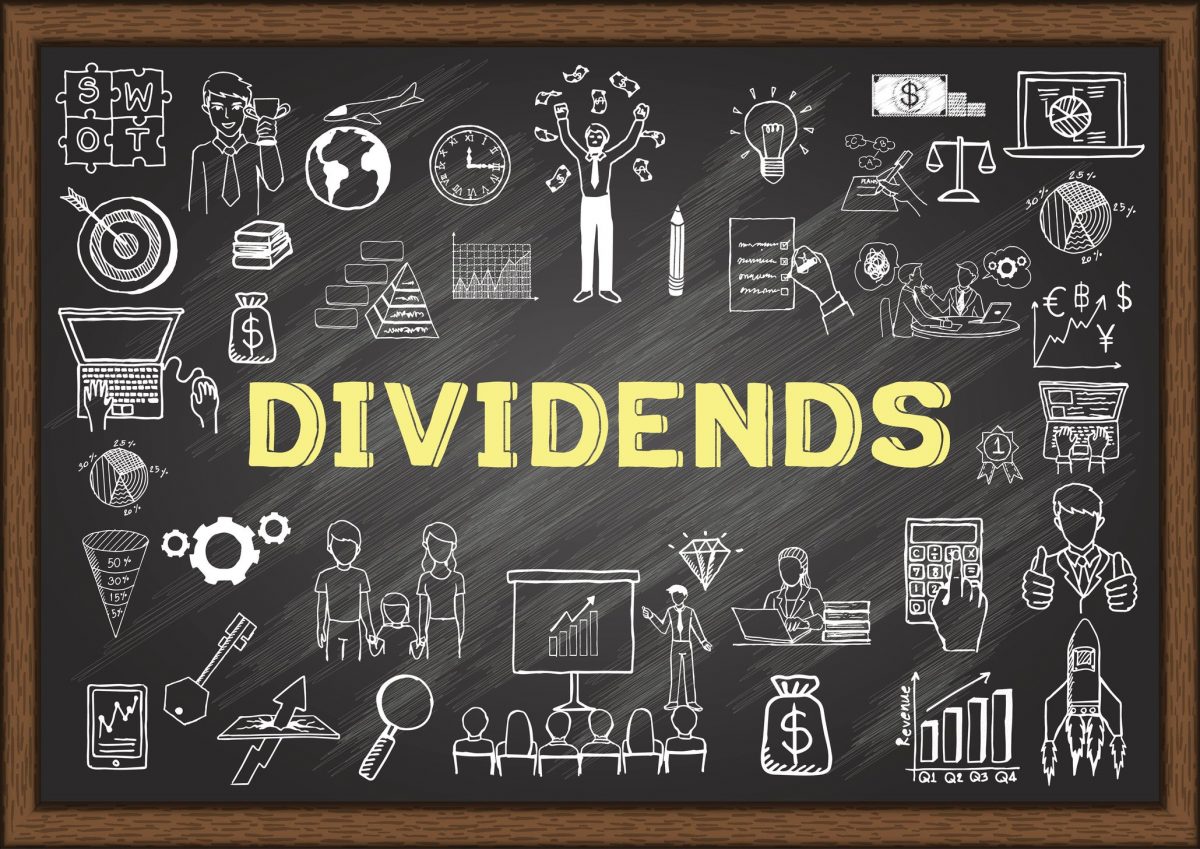We expect demand for Seagate’s mass capacity drives for cloud customers and enterprises to more than offset secular declines in consumer hard drives over the next five years, leading to our stable trend rating and revised forecast for 2% compound annual sales growth through fiscal 2025. Nonetheless, we think Seagate’s recent price appreciation (61% since Jan. 1) has been a case of multiple expansion not rooted in fundamentals, and we view shares as overvalued even at our new fair value estimate.
Seagate is a leading designer and manufacturer of hard disk drives used for data storage in consumer and enterprise applications. We think Seagate is successfully transitioning its portfolio to focus on mass capacity drives for cloud providers and enterprises as consumer applications for legacy HDDs switch to faster flash-based solid-state drives, or SSDs. We expect sustained demand for mass capacity drives over the next five years as enterprises look to capture more data and use a multi-tiered storage approach, implementing both mass capacity HDDs and smaller enterprise grade SSDs as complements in data centers. Seagate has consistently driven costs down for its mass capacity HDDs by advancing to larger capacities, and we think it will continue to do so by leveraging new technologies like heat-assisted magnetic recording.
We note that a potential contributor to recent price appreciation has been strong demand for HDDs related to a new cryptocurrency called Chia that uses data storage alongside computing power to generate new coins. While we think this has led to some tighter supply in the HDD market, we think this is short-term in nature, and pales in comparison to the levels of demand for data center HDDs. Crypto demand doesn’t alter our long-term thesis.
We expect mass capacity HDD demand to offset consumer declines and drive revenue growth over the next five years, but don’t think Seagate’s drives allow it to establish an economic moat. We think HDDs are commodity like even at the enterprise level, with Seagate and Western Digital matching each other’s technological roadmaps and competing with one another for volume—preventing both from earning pricing power. In periods of tight supply and favorable pricing, Seagate can earn excess returns on invested capital, but when the market hits oversupply, pricing falls, bringing Seagate’s economic profits with it.
Going forward, we think Seagate will focus on expanding to new capacities for its enterprise drives, while implementing new technologies like heat-assisted magnetic recording that will help it drive costs down and expand margins. Still, we think technological advancements like these will be matched by rivals, and won’t shield Seagate from cyclical market downturns. Longer-term, we expect demand for mass capacity drives to slow as the cost gap with enterprise SSDs narrows further.
We think Seagate will try to create new growth opportunities through its module-like Lyve platform, which layers software onto multiple drives, but don’t think this business is large enough to offset a secular decline in HDD sales.
Nvidia Corp’s Company Profile
Seagate is a leading supplier of hard disk drives for data storage to the enterprise and consumer markets. It forms a practical duopoly in the market with its chief rival, Western Digital, both of whom are vertically integrated.
Source: Morningstar
General Advice Warning
Any advice/ information provided is general in nature only and does not take into account the personal financial situation, objectives or needs of any particular person.









